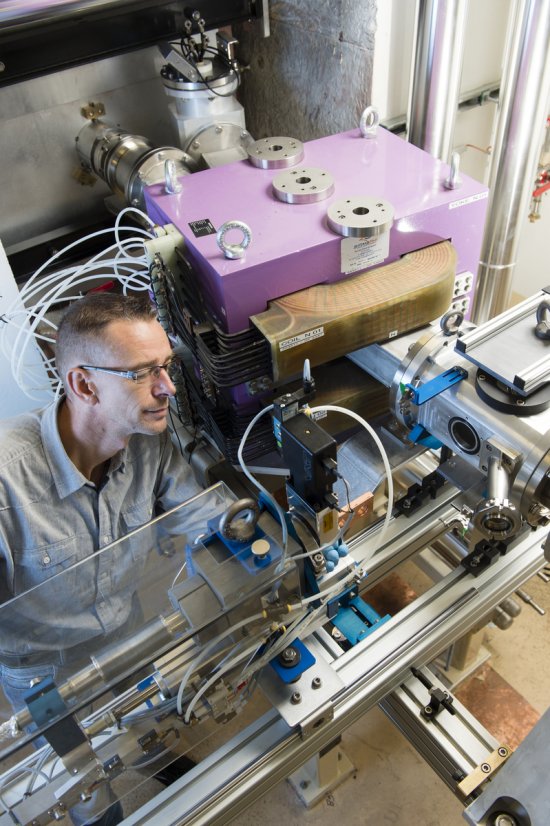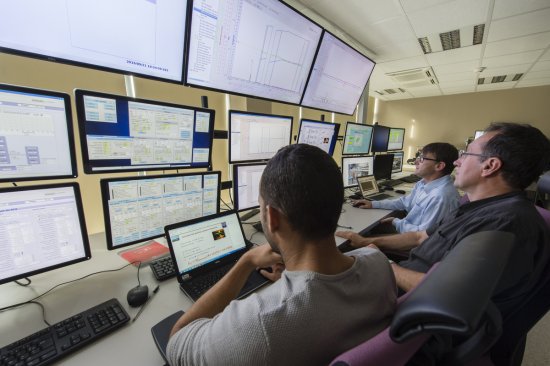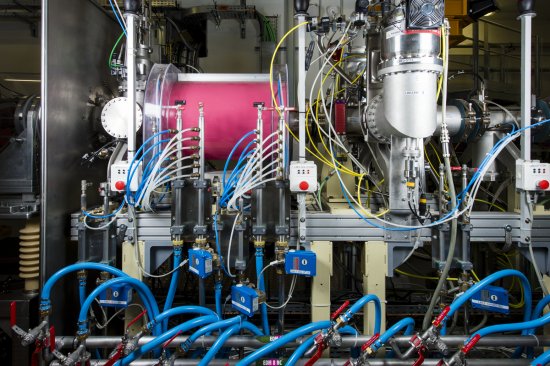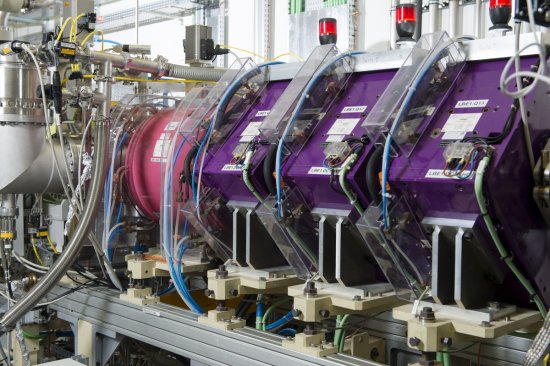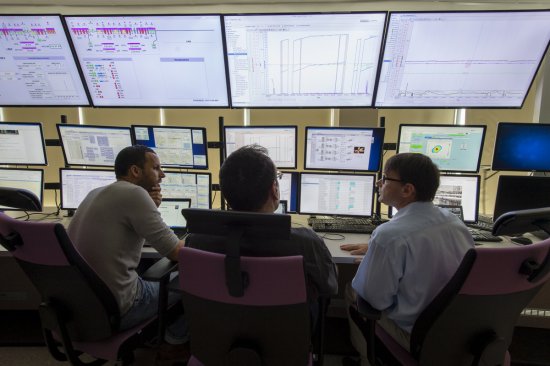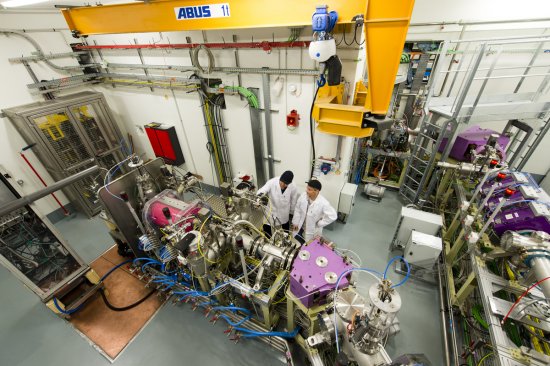
Grand Accélérateur National d'Ions Lourds (GANIL)
CAEN CEDEX 5
GANIL is a national research infrastructure that operates around a set of several particle accelerators. It offers a wide range of accelerated ion beams over an energy range covering six orders of magnitude, enabling scientists from all over the world to carry out experiments in a wide variety of fields. Research focuses on nuclear physics and nuclear astrophysics, irradiated materials and nanostructuring, molecular collisions and the interstellar medium, radiobiology and innovative techniques for imaging and hadrontherapy.











